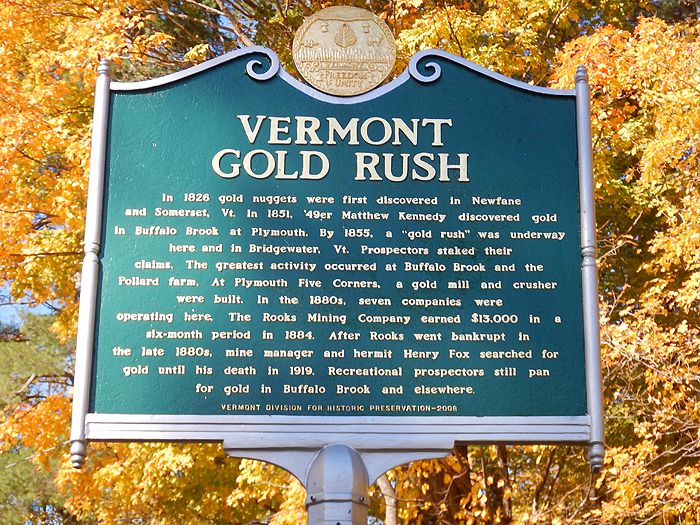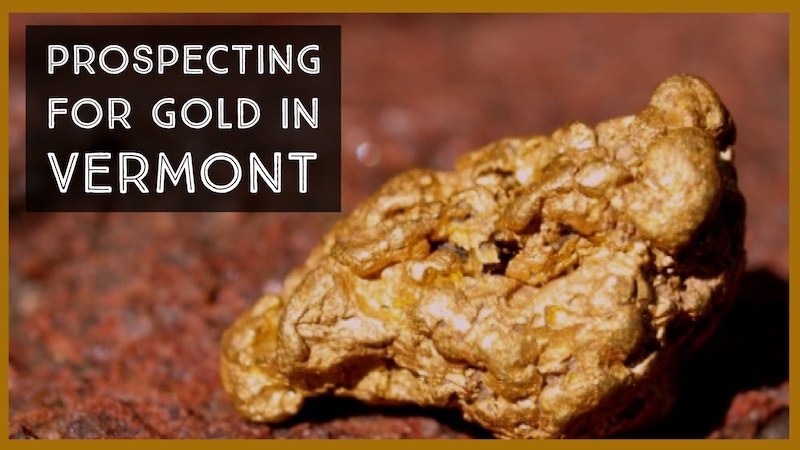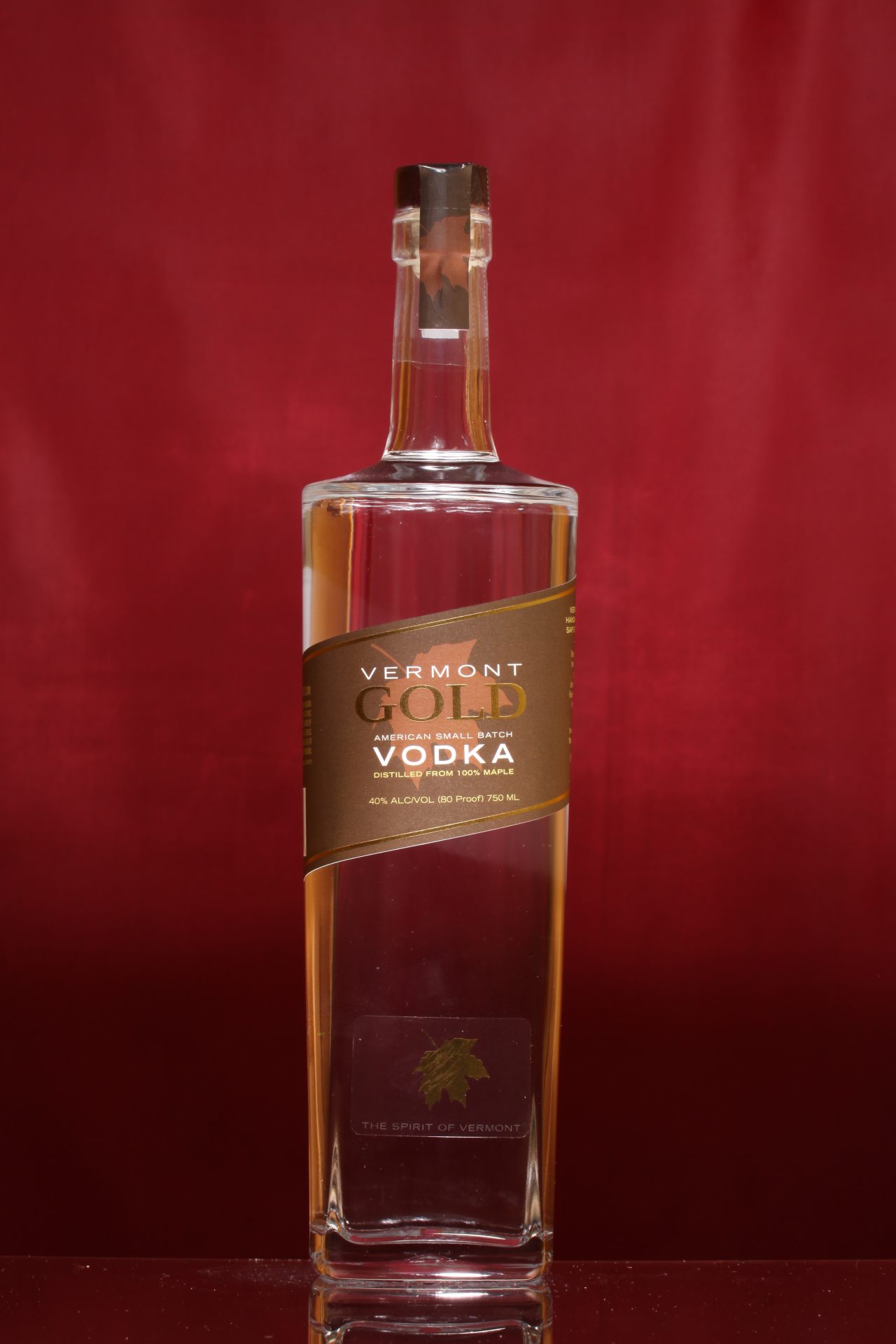
Vermont’s Liquid Gold: The Sweet Story of an Enduring Legacy
In the heart of New England, nestled amidst the rolling Green Mountains, lies a treasure more precious than any mineral vein, a commodity that has shaped the landscape, sustained communities, and become synonymous with the very soul of the state: Vermont maple syrup. Affectionately known as "Vermont Gold," this amber elixir is far more than a pancake topping; it is a cultural cornerstone, an economic powerhouse, and a testament to generations of stewardship and tradition.
To truly understand Vermont Gold, one must first appreciate its origins. The story begins not with modern machinery, but with indigenous knowledge. Native American tribes, including the Abenaki, were the first to tap the maple trees, recognizing the life-giving properties of the sweet sap long before European settlers arrived. They developed sophisticated methods of collection and reduction, using heated stones and hollowed-out logs to transform the watery sap into a concentrated, shelf-stable sweetener. This ancient practice, passed down through oral traditions, laid the foundation for an industry that would eventually define Vermont.
When European settlers arrived, they quickly adopted and adapted these techniques. Maple sugaring became an essential part of colonial life, providing a vital source of sugar when cane sugar was scarce and expensive. Families would gather in the sugarbush each spring, a communal effort that fostered camaraderie and resilience during the harsh New England winters. This early history instilled a deep respect for the land and the trees, a reverence that continues to permeate the industry today.

The Alchemy of the Sugarbush
The magic of Vermont Gold unfolds each year during a fleeting window in late winter and early spring. As temperatures fluctuate, dipping below freezing at night and rising above 32°F (0°C) during the day, a remarkable natural phenomenon occurs. The maple trees, primarily Sugar Maples (Acer saccharum), begin to draw water from the ground, creating internal pressure that pushes sap through their vascular system. This is the moment the sugar maker, or "sugarmaker," waits for with bated breath.
The process of transforming sap into syrup is an intricate dance between nature and human ingenuity. It begins with tapping – a small hole carefully drilled into the tree, from which a spout, or "spile," is inserted. Traditionally, sap was collected in buckets hung from these spiles. While many small operations still cherish this hands-on method, larger sugarhouses often employ an extensive network of plastic tubing that connects hundreds, even thousands, of trees to a central collection point, often aided by vacuum pumps to enhance sap flow.
Once collected, the clear, slightly sweet sap, which is roughly 98% water and 2% sugar, embarks on its journey to becoming syrup. The critical step is evaporation. In large, flat pans called evaporators, the sap is boiled over intense heat. As the water vaporizes, the sugar concentration increases. This is where skill and experience truly come into play. The sugarmaker must carefully monitor the boiling process, ensuring the syrup reaches precisely 66.9% sugar solids – the perfect density for stability, flavor, and texture. Too thin, and it spoils; too thick, and it crystallizes.
"It’s an art as much as it is a science," says Sarah Miller, a fourth-generation sugarmaker whose family operates a small sugarhouse outside Stowe. "You learn to listen to the boil, to watch the steam, to smell the air. Every season, every batch, has its own character. The trees tell you what they need." Indeed, it takes approximately 40 gallons of sap to produce just one gallon of finished maple syrup, a testament to the sheer volume of effort and natural resources involved in crafting this precious commodity.
The "Gold" Standard: Quality and Terroir
What elevates Vermont maple syrup to its "gold" status, distinguishing it from other producers worldwide? The answer lies in a combination of factors: the unique terroir, stringent quality standards, and an unwavering commitment to purity.
Vermont’s climate and soil conditions are ideally suited for the Sugar Maple. The cold winters, distinct spring thaw, and mineral-rich soils contribute to the unique chemical composition of the sap, resulting in a complex flavor profile that connoisseurs describe as unparalleled. Like fine wine, maple syrup exhibits terroir – the influence of its specific geographical environment. A syrup from the northern reaches of the state might have subtle differences from one produced in the south, reflecting variations in microclimate and soil.

Beyond nature’s gifts, Vermont’s producers adhere to strict grading and quality control standards. The state played a pivotal role in establishing the international grading system for maple syrup, which classifies syrup by color and flavor intensity:
- Golden, Delicate Taste: Lightest in color, with a mild, nuanced maple flavor. Ideal for subtle applications.
- Amber, Rich Taste: A medium-bodied syrup with a pronounced, classic maple flavor. The most popular grade for everyday use.
- Dark, Robust Taste: Darker in color, with a stronger, more intense maple flavor. Excellent for cooking and baking.
- Very Dark, Strong Taste: The darkest and most potent, often used as a flavoring ingredient.
Vermont producers pride themselves on the purity of their product. True maple syrup contains no artificial flavors, colors, or preservatives. It is 100% natural, a direct product of the tree and the evaporator. This commitment to an unadulterated product resonates deeply with consumers seeking natural, wholesome foods. "There’s nothing quite like pure Vermont maple syrup," explains Chef Antoine Dubois, proprietor of a farm-to-table restaurant in Burlington. "Its depth of flavor, its natural sweetness, it enhances dishes in a way no processed sugar ever could. It’s a fundamental ingredient in our kitchen."
An Economic Pillar and Cultural Icon
For Vermont, maple syrup is more than just a sweet treat; it is a critical pillar of its agricultural economy. The state consistently ranks as the leading producer of maple syrup in the United States, often accounting for nearly 50% of the nation’s total output. This translates into hundreds of millions of dollars in annual revenue, supporting thousands of jobs directly and indirectly.
The industry contributes significantly to rural economies, providing income for small family farms and sustaining a network of equipment suppliers, packaging companies, and distributors. Moreover, maple sugaring is a major draw for tourism. Events like the annual Vermont Maple Open House Weekend, where sugarhouses across the state open their doors to visitors, offer a glimpse into the production process, complete with tasting samples and warm hospitality. These events connect consumers directly with the land and the people who produce their food, fostering a deeper appreciation for the craft.
"Maple syrup isn’t just a product we sell; it’s our identity," states John Stevens, president of the Vermont Maple Sugar Makers’ Association. "It represents our values: hard work, sustainability, connection to the land, and community. When people buy Vermont Gold, they’re not just buying syrup; they’re buying a piece of our heritage."
Challenges on the Horizon: Climate Change and Competition
Despite its robust legacy, Vermont Gold faces formidable challenges in the 21st century. Perhaps the most pressing is climate change. The delicate balance of freezing nights and thawing days, so crucial for sap flow, is being disrupted by warming global temperatures. Sugaring seasons are becoming more unpredictable, often starting earlier, ending abruptly, or experiencing erratic thaws that limit production.
"We’re seeing it firsthand," says Sarah Miller, gesturing towards her aging maple trees. "The sap runs aren’t as consistent as they used to be. Some years, it’s a mad dash to get everything tapped before a sudden warm spell shuts us down. It adds a whole new layer of uncertainty to an already challenging business." Researchers at the University of Vermont are actively studying these climate impacts, working with sugarmakers to develop adaptive strategies, such as experimenting with different tapping times or managing forest health to enhance tree resilience.
Competition also looms large. While Vermont prides itself on quality, Canada remains the world’s dominant maple producer, with Quebec alone producing significantly more syrup than all U.S. states combined. Other states, like New York and Maine, are also expanding their maple operations. To maintain its edge, Vermont producers continually emphasize their commitment to quality, authenticity, and sustainable forest management, marketing Vermont Gold as a premium, artisan product.
Innovation and the Future of Sweetness
Far from being static, the Vermont maple industry is a dynamic one, embracing innovation while honoring tradition. Modern technology has found its way into the sugarbush, with advanced reverse osmosis systems efficiently removing water from sap before boiling, significantly reducing fuel consumption and boiling time. Sophisticated monitoring systems track sap flow and weather patterns, allowing sugarmakers to optimize their operations.
Beyond traditional syrup, producers are diversifying their product lines. Maple cream, maple candy, maple sugar, and even maple-infused spirits and culinary ingredients are finding their way into markets, showcasing the versatility of this natural sweetener. This expansion helps create year-round demand and introduces maple to new consumer segments.
Moreover, there’s a growing emphasis on sustainable forestry practices. Sugarmakers understand that the health of their sugarbush directly impacts the quality and longevity of their production. Many actively manage their forests, ensuring biodiversity, proper tree spacing, and responsible harvesting practices to guarantee that future generations can continue the sweet tradition.
In conclusion, Vermont Gold is more than just a syrup; it is a profound connection to the land, a story of human ingenuity, and a symbol of Vermont’s enduring spirit. From the ancient practices of indigenous peoples to the modern innovations of today’s sugarmakers, the journey of this liquid treasure reflects a deep respect for nature and a relentless pursuit of excellence. As the world increasingly seeks natural, authentic, and sustainably produced foods, Vermont’s golden elixir stands as a shining example of a product that delivers on all fronts, promising a sweet future for the Green Mountain State. It is, truly, a legacy worth savoring.


